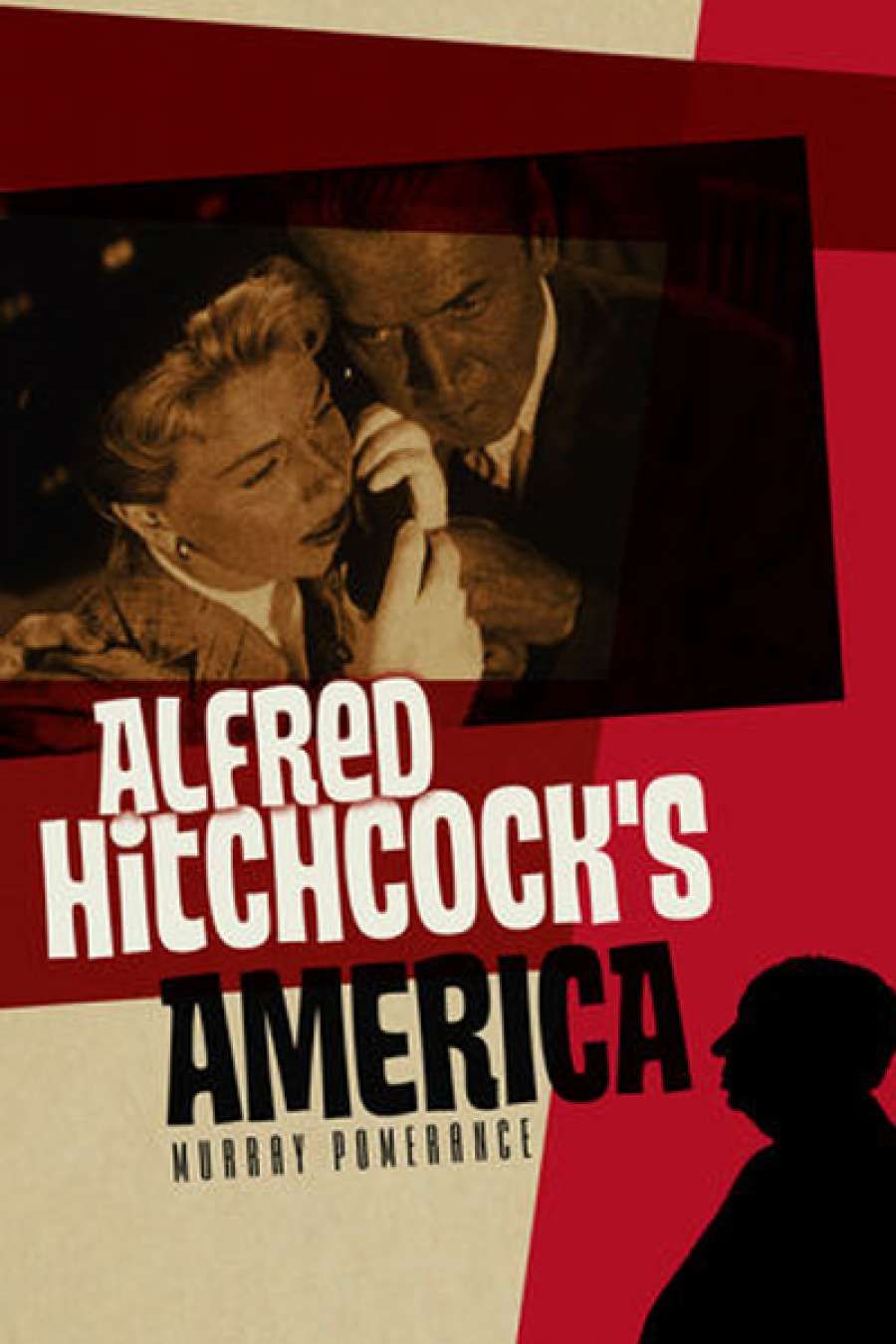
- Free Article: No
- Contents Category: Film
- Custom Article Title: Doug Wallen reviews 'Alfred Hitchcock's America'
- Review Article: Yes
- Article Title: Model auteur
- Online Only: No
- Custom Highlight Text:
Although he used screenwriters, Alfred Hitchcock was a model auteur and engineered his films meticulously. ‘Casting and performance, mise-en-scène, lighting, camera angle, construction of setting, and music must all be woven into the director’s “action” as he makes a scene,’ remarks Murray Pomerance in his study of Hitchcock’s American films as a reflection of the country he moved to in 1939 and became a citizen of in 1955.
- Book 1 Title: Alfred Hitchcock's America
- Book 1 Biblio: Polity, $29.95 pb, 334 pp, 9780745653037
Every possible detail in a Hitchcock film is designed and deliberate, predominantly by Hitchcock himself. Thanks to that authorship and his fondness for recurring themes and self-referencing in his work, Hitchcock’s filmography has always made for fertile study. Sights trained on the director’s American years – from Rebecca (1940) to Family Plot (1976) – Pomerance moves fluidly from film to film.
Notwithstanding all these shifts, Pomerance ties the threads together adeptly and writes with breezy elegance while showing off his exhaustive research at every turn. His footnotes are fascinating, and he wisely divides the tome into themed sections on American values, social form, personalities, marriage, and landscapes. Some films come up more often than others – The Birds (1963) and The Man Who Knew Too Much (1956) – others hardly at all (To Catch a Thief [1955] and Spellbound [1945]), while quite a few from the selected period are left alone due to their lack of an American focus, including The Paradine Case (1947), Under Capricorn (1949), Dial M for Murder (1953), Topaz (1969), and Frenzy (1972). Most of those exclusions aren’t terribly missed, though Suspicion (1941) would have been rather appropriate for the section on marriage.
That section highlights where Hitchcock was arguably at his most subversive. Underneath his trademark mastery of suspense and his love of the macabre, Hitchcock arranged relationship dynamics that defied the typical image of a wholesome and happy marriage. Indeed, there are few happy marriages in the films, despite Hitchcock’s closeness to his own wife and co-creator, Alma. Pomerance points out bedridden wives in Rope (1948) and Rear Window (1954), battling spouses in Mr. & Mrs. Smith (1941), and, most potently, the ‘substitute marriage’ between mother and son in The Birds, Psycho (1960), and Notorious (1946). This fertile ground produces the book’s best insights.
Marriage wasn’t the only institution that seemed to be tenuous from the 1940s to the 1970s. America was in flux on all fronts, from the civil-rights movement to colour television to Beatlemania. As Pomerance notes, the range of years covered here is the span between Disney’s Pinocchio (1940) and Steven Spielberg’s game-changing proto-blockbuster Jaws (1975). Hitchcock’s films document the many social and cultural shifts in postwar America, from changing gender roles to the rural domain giving way to urban and suburban supremacy. Almost overnight, people shut themselves off in tiny spaces, crowded together with little contact, the Greenwich Village apartment complex in Rear Window foreshadowing today’s remote socialising via computers.
Yet the spectre of Europe is always present for America, especially in Hitchcock’s films. It is surprising to be reminded just how much Europe holds sway over the plots, though it makes sense when considering the film’s espionage-favouring premises and the indelible influence of the two world wars and the Cold War.
There are many telling behind-the-scenes anecdotes here, from cast and crew to collaborators like Edith Head, all ready to praise the director’s hand in every aspect of production. Pomerance sometimes overreaches with his arguments, but for the most part he is quite responsible, connecting disparate dots in sensible and enlightening ways. He makes a point of avoiding the standard readings of these much-dissected films: ‘Psycho as a personality study … Rope as a study in psychopathology … The Birds as a mystery about man and nature.’
Pomerance doesn’t address the level to which each screenwriter influenced the films. This would have been helpful in light of how Hitchcock used such repeat scribes as Ben Hecht (Spellbound, Notorious), John Michael Hayes (To Catch a Thief, Rear Window, The Man Who Knew Too Much), and Ernest Lehman (North by Northwest [1959], Family Plot). He also refrains from probing into Hitchcock’s personal life, which is examined more directly in the 2012 films Hitchcock and The Girl, though the director’s putative impotence is mentioned briefly.
Pomerance nonchalantly describes the two lead characters in Rope as ‘lovers’, and identifies the villains in Strangers on a Train (1951) and North by Northwest as gay, despite none of this being explicit in the films. While the lack of explicitness may be mostly to do with the culture in America at the time, a section on the treatment of homosexuality in Hitchcock’s films would have been useful.
Part of an America Through the Lens series that includes books on Spielberg, Spike Lee, and Martin Scorsese, Alfred Hitchcock’s America is a worthy addition to the wide canon of scholarship devoted to the director. While it lacks a definite conclusion, it is tightly focused and warmly written. In fact, Pomerance has hit such a rich seam where his two fabled subjects intersect that one wishes he had gone even further with it. There is more to address in this area.


Comments powered by CComment